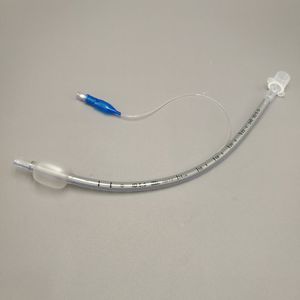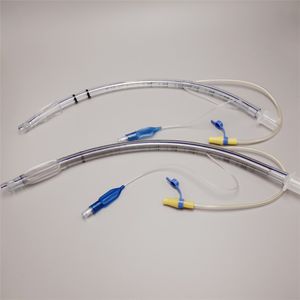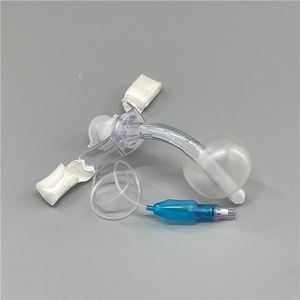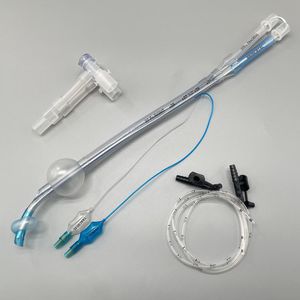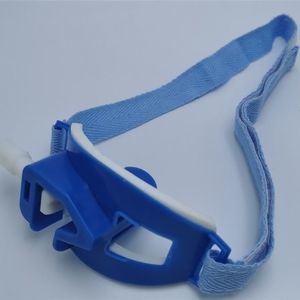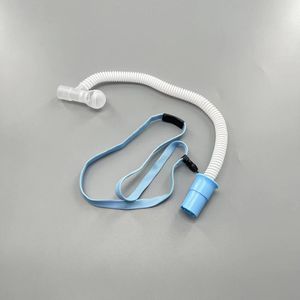
- Primary care
- Emergency medicine, Resuscitation
- Tracheotomy cannula
- Hangzhou Formed Medical Devices
Tracheotomy cannula PA2201enteral feedingcurvedflexible
Add to favorites
Compare this product
Characteristics
- Medical procedure
- tracheotomy, enteral feeding
- Form
- curved
- Options
- flexible
- Inner diameter
3.5 mm, 9 mm
(0.1 in, 0.4 in)
Description
- It consists X-ray line ,medical grade PVC,sterile ,marked pilot balloon and flange .
- Standard connector 15mm with stylet ,high volumne,low pressure cuff .
- Spiral reinforcement minimizes crushing or kinking ,tolerance oppression.
A tracheostomy is an opening (made by an incision) through the neck into the trachea (windpipe). A tracheostomy opens the airway and aids breathing.
A tracheostomy may be done in an emergency, at the patient’s bedside or in an operating room. Anesthesia (pain relief medication) may be used before the procedure. Depending on the person’s condition, the tracheostomy may be temporary or permanent.
Indications
Audible rattling sounds or visible secretions in the tube
Decreased breath sounds on chest auscultation
Increasing respiratory effort or distress
Suspicion of blocked or partially blocked tracheostomy tube
patient requests suction
Consider suction prior to tracheostomy tube change, tape change, feeding, speaking valve use or after vomiting
How does a tracheostomy tube work?
When you breathe, you take in oxygen through your nose or mouth and it travels down the trachea into your lungs. The hairs in the nose help to filter particles and warm and humidify the air before it reaches the lungs.
When a tracheostomy tube is inserted, it becomes the main point for air to enter the respiratory system. In some children, a small amount of air may also be able to pass through the nose and mouth and go around the tracheostomy tube to get to the lungs.
Catalogs
PA2201
1 Pages
Exhibitions
Meet this supplier at the following exhibition(s):

Other Hangzhou Formed Medical Devices products
Endotracheal Tube
Related Searches
- Cannula
- Suction cannula
- PVC medical mask
- Curved cannula
- Endotracheal tube
- Silicone medical mask
- Intubation cannula
- Disposable cannula
- Supraglottic airway device
- Human laryngeal mask
- Ambu bag
- Oral endotracheal tube
- Injection cannula
- Silicone laryngeal mask
- Flexible cannula
- Manual resuscitator with valve
- Disposable laryngeal mask
- Reusable medical mask
- Tracheotomy cannula
- Manual resuscitator with mask
*Prices are pre-tax. They exclude delivery charges and customs duties and do not include additional charges for installation or activation options. Prices are indicative only and may vary by country, with changes to the cost of raw materials and exchange rates.





